All you need to know about concrete batching plants
The demand for ready-mix concrete is quickly increasing in high-growth areas. The government is bolstering the infrastructure sector, which will increase demand for concrete. With the concrete industry undergoing a technological revolution, producing high-performance concrete with tighter controls is becoming easier. With the use of sensors mounted on trucks, systems are being used to translate the qualities of ready mix concrete into quantitative data. This is likely to provide growth prospects for truck-mounted concrete mixer makers seeking to achieve a competitive advantage through product innovation.
Concrete mixtures were traditionally produced by hand, which took a long time and lacked precision. Concrete mixers are now used to make concrete mixtures, even in small scale applications, due to rising demand and technological advancements. Concrete mixers are machines that can mix concrete mixes of various strengths precisely and fast. Some concrete mixers may even dispense the concrete mixture directly on the construction site. Concrete mixers come in a variety of sizes and types, depending on the application's needs. Portable concrete mixers are suitable for small and medium-scale projects, but they are not suitable for large-scale projects.
Both a driver and a "chuteman" are required to manoeuvre the truck and chute back and forth in order to lay concrete in the manner desired by the contractor. The driver of newer "front discharge" trucks has controls within the cab that allow him to shift the chute in any direction.
Concrete mixers often have two or more axles. The most popular truck configurations are four, five, and six axles, with the number of axles determined by the load and local regulations limiting permissible loads on the road. The axles are required to evenly distribute the load, allow operation on weight-restricted roads, and reduce wear and tear on regular roads. During the winter, when road weight limitations are reduced, a two- or three-axle truck has no useful payload in many countries. In some cases, operating in certain places may necessitate the purchase of costly permits.
A concrete mixing truck is a one-of-a-kind vehicle that is used to mix and stir concrete as it is being transported to prevent solidification and segregation. In today's construction projects, the mixer truck is a far more extensively used tool.
The demand for ready-mix concrete is quickly increasing in high-growth areas. The government is bolstering the infrastructure sector, which will increase demand for concrete. With the concrete industry undergoing a technological revolution, producing high-performance concrete with tighter controls is becoming easier. With the use of sensors mounted on trucks, systems are being used to translate the qualities of ready mix concrete into quantitative data. This is likely to provide growth prospects for truck-mounted concrete mixer makers seeking to achieve a competitive advantage through product innovation.
Concrete mixer truck as an imperative vehicle of construction industry has a very large market requirements. When you want to buy concrete mixer truck for sale, customers should consider a lot of factors such as cost, capacity, and maintenance. Many buyers decide to buy only from the perspective of money.
Capacity— Concrete mixer truck capacity also means the capacity of mixing drum. It is obvious that a bigger concrete truck capacity could feed into much amount of concrete. If you earn money according to the cost of per cube of concrete, of course it is better to choose a bigger ready mix concrete truck capacity. If the concrete mixer truck is paid as monthly payment, then smaller capacity of concrete mixer truck could satisfy the needs, because a larger concrete truck will cost more.
Rear Axle–If you need to run on a smooth road and most of the roads, choose a single-step deceleration axle. If you need to run on bad roads and lots of craters on the roads, it’s better to choose a wheel rim deceleration axle. Compared with the single-step deceleration axle, the wheel side deceleration axle is smaller in volume and has large gap with the ground.
Tire–There are two kinds of tires which are wire bead tire and nylon tire. Compared these two kind of tires, the service life of wire bead tire is two times longer than nylon tire. Therefore, the wire bead tire is more popular. Of course wire bead tires are more expensive than nylon tires.
Quality of Mixing Drum–Whether mixing drum is of good quality depends on the thickness. If mixing drum adopts Wear resistant manganese plate and the thickness is more than 6mm that is better to choose.
Chassis–Many customers choose chassis depending on brands that is a good way to purchase a good quality concrete mixer truck.
In addition to the above aspects, there are hydraulic motor, hydraulic pump, reducer, gearbox and other factors that will be considered by customers. In general, it’s important to know and compare before buying a desirable transit mixer.
Concrete is divided into two types: ready-mixed and precast. Ready-mixed concrete is normally made in a batching facility and transported to the job site in a freshly mixed state by truckmixers. Individual cast concrete parts that are often part of a bigger construction are made with precast concrete. This type of concrete is created in a specialised plant with higher quality standards, and moisture management is an important aspect of the manufacturing process. To ensure consistency, quality, and strength, both forms of concrete must be made according to a specified recipe with the correct ratios of raw components.
RMC is categorised based on the ingredients that are combined into concrete. These could also be based on the concept of Cementitious Material, such as whether or not Flyash is included in Cement and whether or not Admixture is used. Aside from that, there are two types of ready-mixed concrete.
1. Dry Concrete: All of the elements are combined in a dry form with no water added. These ingredients are transported in a revolving drum, and the measured water amount is sent in a separate Water instrumentation shipment. When the water arrives at the web site, it is combined.
2. Inexperienced Concrete: At the Concrete Batching Plant, all of the materials are mixed together with the appropriate amount of water. They’re sent in rotating drum or in transit mixture to the positioning of concreting.
Types of Concrete Mixer
A ribbon or paddle agitator is standard on modern batch mixers. The product is kept in continual suspension, resulting in an excellent uniform mix. Paddle assemblies mix in a tumbling motion, which results in less product shearing. Batch mixers are appropriate for a wide range of applications, particularly where small batch sizes are required, stringent mix composition control is required, formulas change often, or batch traceability is required.
Mixers for Batches: The orientation of the axis of rotation distinguishes two types of batch mixers: horizontal or inclined (drum mixers) and vertical (pan mixers). Drum mixers have a fixed bladed drum that rotates around its axis, whereas pan mixers can have either the blades or the pan rotate around the axis.
Continuous Mixing Machines: Continuous mixers are the second type of mixer. The materials are continually supplied into the mixer at the same rate as the concrete is discharged, as the name implies. Non-tilting drums with screw-type blades revolving in the middle are the most common. The discharge orifice is at the bottom of the drum, which is slanted downward. The slope of the drum (typically around 15°) determines the mixing duration.
Mixers for Pans: Pan mixers all work on the same fundamental principle: a cylindrical pan (fixed or rotating) holds the concrete to be mixed, one or two sets of blades revolve inside the pan to mix the materials, and a blade scrapes the pan's wall. The blades and rotational axes have different forms. The scraper is the mixer's other component. The blades' rotation axis sometimes overlaps with the pan axis (single paddle mixer). Other pan mixers [planetary motion mixer and counter-current motion] have the axis offset. There are two rotations in these cases: the blades rotate around their axes and the pan rotates around its axis.
A Mixer's Efficiency
As previously stated, there are several variables that influence the mixing procedure, which are not always controlled and are not a good predictor of the quality of the concrete produced. As a result, a methodology for determining the quality of the concrete produced as an intrinsic measure of the mixer's efficiency is required. The term "mixer efficiency" refers to a mixer's ability to make homogenous concrete from its constituents.
Efficiency Indicators Based on Performance Attributes
Because the composition of concrete affects its macroscopic qualities, it's possible that the homogeneity of the concrete produced may be evaluated by comparing the performance of specimens prepared using concrete from various regions of the mixer or at various periods throughout the discharge. The following are some of the properties that are frequently evaluated.
Workability of fresh concrete as characterised by slump;
• Concrete density;
• Air content;
• Compressive strength
This strategy has the disadvantage of being indirect. It does not prove that the concrete is homogenous; rather, it presupposes that any potential inhomogeneity has an impact on the qualities dis question. Furthermore, it's possible that either the measurement methods chosen aren't sensitive enough to local changes in composition, perhaps because the samples are too large, or that the properties chosen aren't impacted by inhomogeneity in the first place. The constancy of the qualities is a good sign of product homogeneity, but it's not a guarantee.
Composition as an Indicator of Efficiency: Measuring the homogeneity of the concrete is a more direct way to estimate the efficiency of a mixer. This technique is not based on the idea that macroscopic qualities are dependent on the concrete composition. The distribution of various solid ingredients such as coarse and fine aggregates, mineral admixtures, and cement paste throughout the mixture can be used to determine concrete homogeneity. There are no conventional tests for determining homogeneity, however. Nonetheless, washing out the cement paste and then sifting the aggregates is normally how concrete samples taken in various areas of a mixer or at various intervals throughout the discharge are analysed. The cement paste content can be measured by weighing the sample before and after washing off the cement paste. Following the cleaning stage, the aggregates are dried and sieved, and their size distribution is evaluated. There is no provision for determining the dispersion of mineral admixtures or very fine fillers because the cement paste is rinsed away and determined as a whole. More exact technologies, such as microscopic examinations by scanning electron microscope (SEM), to quantify the distribution of mineral admixtures, will be required as demand for higher-performance concretes grows.
The Output Rate as an Efficiency Indicator: The output rate is another another sign of a mixer's efficiency. The output rate refers to how much concrete is produced in a given amount of time. The output rate does not indicate how homogeneous the concrete produced is. If the mixer is a batch mixer, the output rate is determined by the time it takes to load it, mix it, discharge it, and clean it. This final stage is frequently overlooked, i.e., cleaning is not considered part of the mixing cycle. If the mixer runs continuously or is only cleaned once a day, this omission is reasonable. Of certainly, the output rate should be high for economic reasons. However, it should be understood that judging a mixer's efficiency purely on its output rate is risky because the quality of the concrete produced is ignored.
The Importance of Proper Concrete Moisture
If a concrete maker follows a recipe that calls for weighted amounts of aggregates and cement, then adds the prescribed amount of water, each batch will differ due to the unknown and variable amount of water trapped inside the aggregates. If a recipe calls for 1,000kg of aggregates, the amount weighed will not be 1,000kg of aggregates but a mixture of aggregates and water unless the aggregates are 100% dry.Categorisation based on the mode of functions for concrete batching plant
As specified below, batching equipment is classified as Manual, Semi-Automatic, or Automatic.
Manual: Manually operated devices charge batching equipment, with the accuracy of the weighing operation reliant on the operator's visual observation of the scale. Hand or power assistance are used to operate the charging equipment.
Semi-automatic: Batching equipment is charged by devices that must be manually operated for each material in order to weigh it. When the designated mass (weight) of each substance is reached, they are automatically activated.
Automatic: Batching equipment is charged by devices that, when activated by a single starter switch, will automatically begin weighing all materials in order and cease when each material reaches its required mass (weight).Dealing With Environmental Issues of The Concrete Batching Plant.
Controlling Moisture in Concrete Production
Both the aggregates and the cement should be totally dry in order for the amount of water required for each batch to be consistent and the quality of the concrete produced to be consistent from batch to batch. Aggregates, on the other hand, are usually stored in a stockpile, usually outside, and while appropriate storage can help, even in covered bins, the moisture held in the aggregates will be in a constant state of change due to drainage.
The amounts of ingredients necessary for the recipe are normally weighed in modern concrete batching facilities, and the recipe is computed using the expected ‘dry' weight of the materials. However, there will be an unknown amount of water within the weighed aggregates. Although the focus of this article is on slump, excess water or moisture content in the sand and aggregates can have a significant impact on the water/cement ratio, aggregate/cement ratio, yield, and mix colour. Inconsistencies in slump, strength, colour, and quality will arise, producing in a lower-quality end product.
The concrete batching plant is a combined device for concentrated mixing of concrete. It is commonly used in large-sized and medium-sized water conservancy, electric power, highway, bridges and other projects with large demand of concrete, long construction period and concentrated construction sites.
There're some concrete batching plant environmental issues with the development of concrete construction equipment such as concrete batching plant, sand making machine. This article tells several pollution solutions of concrete batching plant.
Environmental Impact of Concrete Batching Plants
Concrete batching plants must be designed and managed in such a way that cement and fly ash are not blown, swept, hosed, or washed into gutters or the storm water system by rain. Wind-blown cement and fly ash can be an environmental (dust) nuisance, hurting inhabitants' health and causing property damage, such as vehicles. Camel Way Machinery offers skilled setup services to meet the needs of its customers.
Cement storage silos must be equipped with dust-control equipment to reduce dust emissions. For storage silos, a reverse pulse fabric filter dust collector (FFDC) or another dust management device with comparable or superior performance is advised.
To ensure proper and efficient functioning, whatever technology is used, it must be maintained in line with the manufacturer's recommendations. Camel method can assist you in attempting to prevent this problem.
Because sand and aggregates are regulated water contaminants that can degrade or destroy aquatic environments, they must be kept out of storm drains, creeks, and other waterways. Concrete batching plants must be built and managed in such a way that dust and aggregates are not blown, swept, hosed, or washed into gutters or the storm water system by rain. Sand and aggregates should be delivered in a dampened state, using covered trucks. If the materials have dried out during transit they should be dampened again before being dumped into the storage bin to minimize dust emissions during loading.
A potential source of dust and water pollution is the truck loading bay. To avoid spillage, raw materials should be placed into the truck agitators using a telescopic chute (recommended) or a flexible sleeve. Spillage can also be avoided by taking steps to ensure that truck agitators are not overloaded. New slump stands and bays – and their wheel-wash facilities – should be connected to the water management system (see Water management section) to prevent contaminants such as spilt cement, aggregate or concrete slurry from entering storm water drains. It is important to design slump stands to avoid trucks driving through slurry water generated by wash-downs. New batching plants should be designed to enable recycled water from the water management system to be used for slumping.
New concrete batching plants need to have wheel-wash facilities to prevent contaminants from being tracked out of the site on truck tyres on to the street, where they can be washed into storm water drains. All trucks should be provided with spill kits to cover clean-up needs in transit. Spills during transit need to be cleaned up immediately to prevent contaminants entering storm water drains or waterways. Waste water from concrete batching plants may contain potential pollutants such as cement, sand and aggregates. Concrete batching plants require a wastewater collection and treatment system to capture contaminated process water and storm water. This prevents and minimizes contaminated water entering off-site storm water drains, creeks or other waterways.
All in all, good environmental management practices do more than preserve the natural environment – they can save businesses money. Minimizing wasting, increasing resource efficiency and recovery and adopting cleaner production methods have been shown to reduce operating costs.
Conclusion
A construction company may do excellent building work in less time by using high-quality concrete construction equipment. As a result, it can reduce labour expenses while increasing profits by providing high-quality building services to clients more quickly. With technological advancements, a variety of concrete construction equipment is now accessible on the market. There is a broad selection of construction machinery for every building site, allowing for faster, easier, and safer construction. Several manufacturers now offer high-quality concrete building machinery.



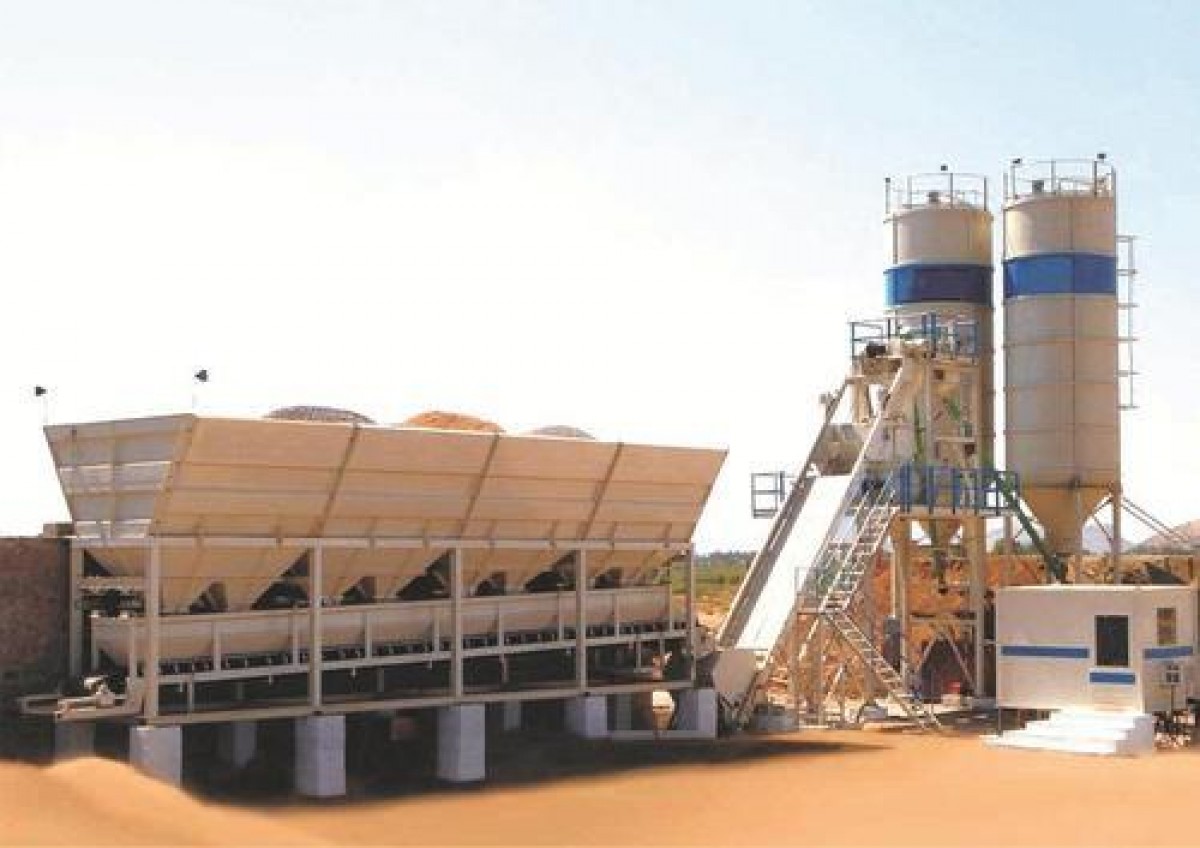
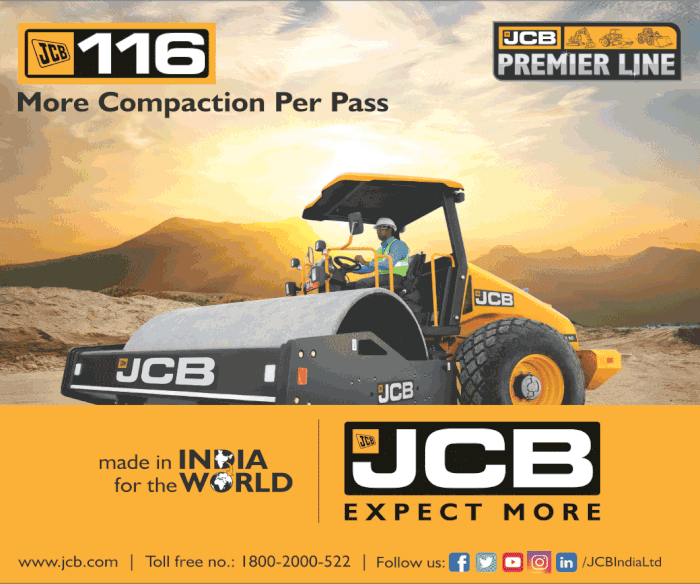
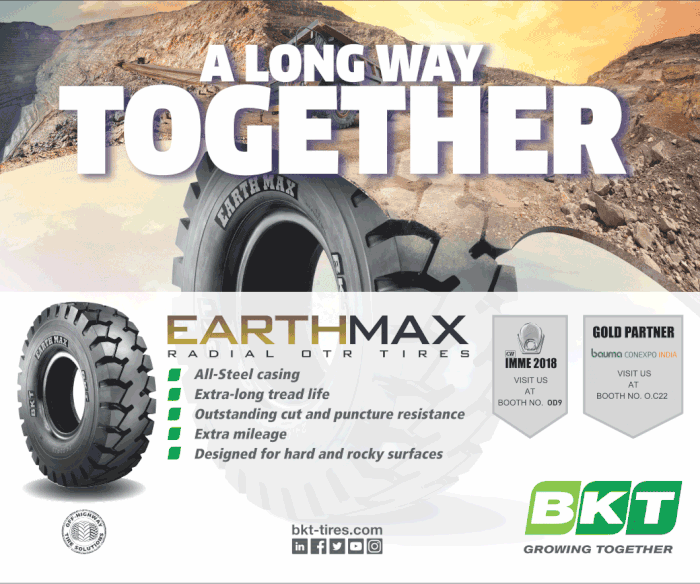
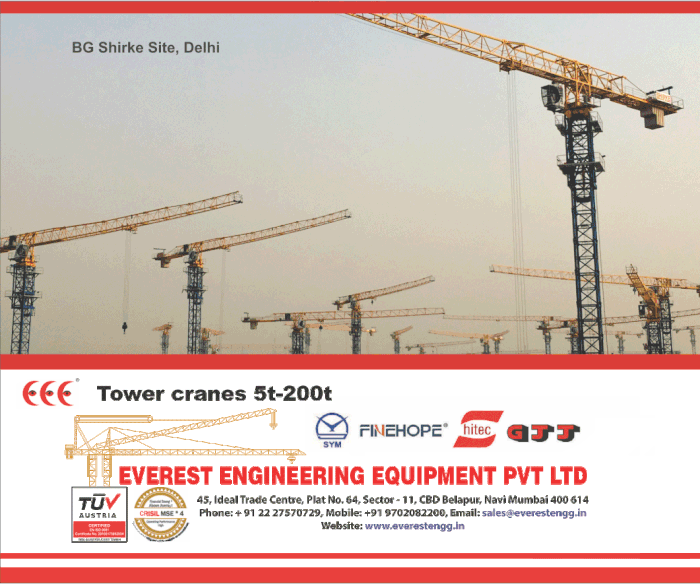

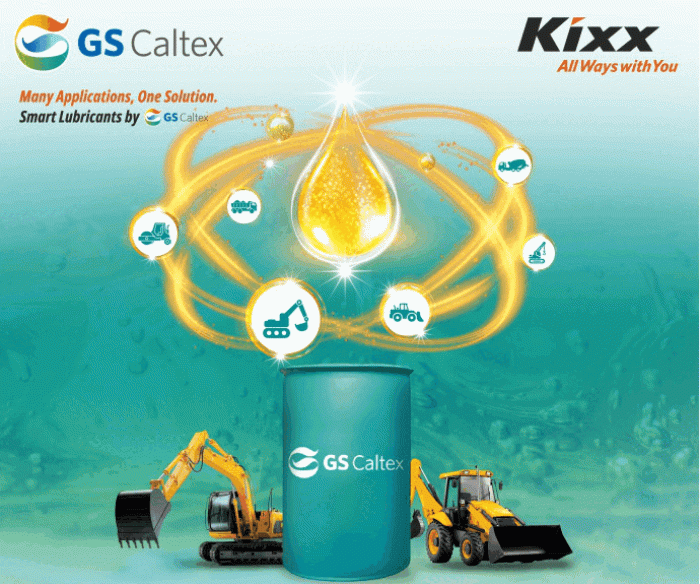
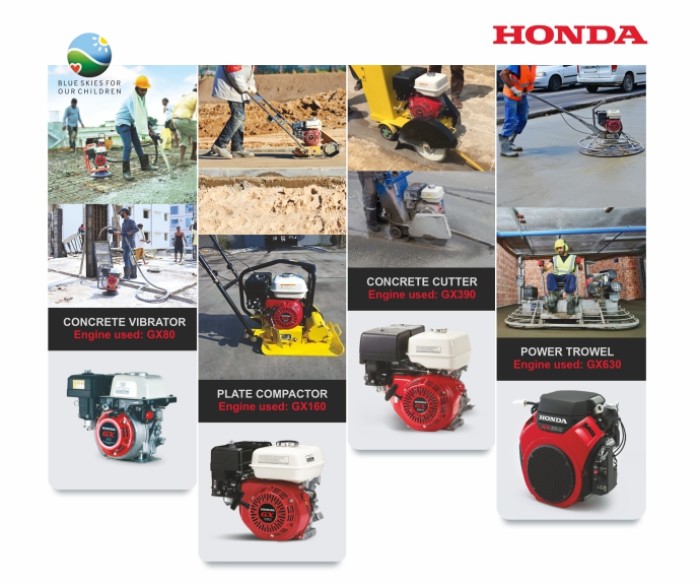
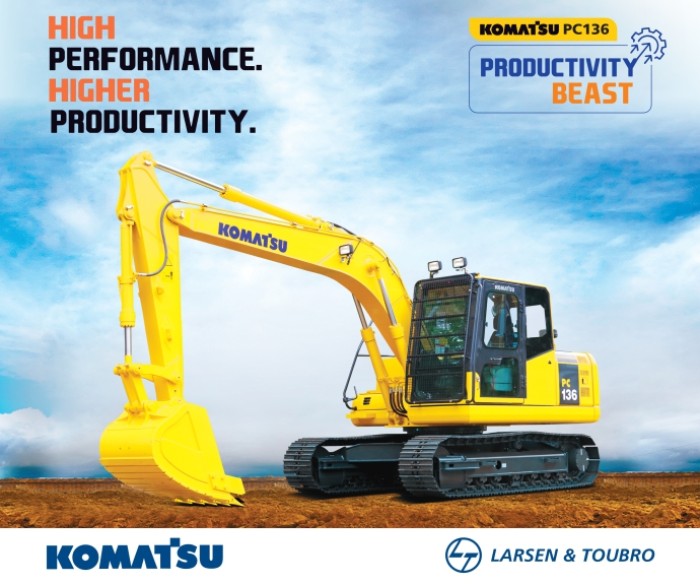
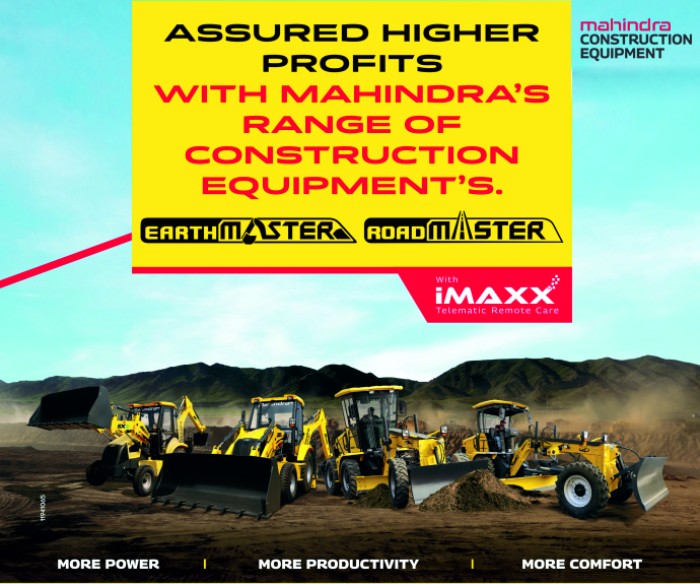
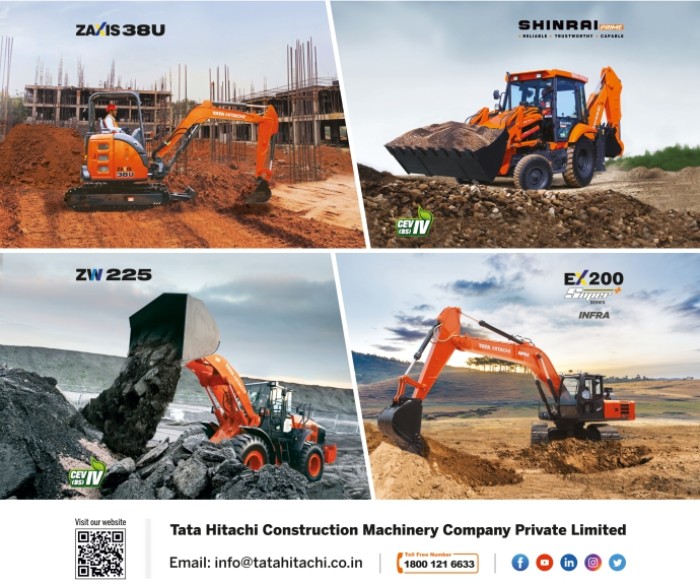



Leave a comment